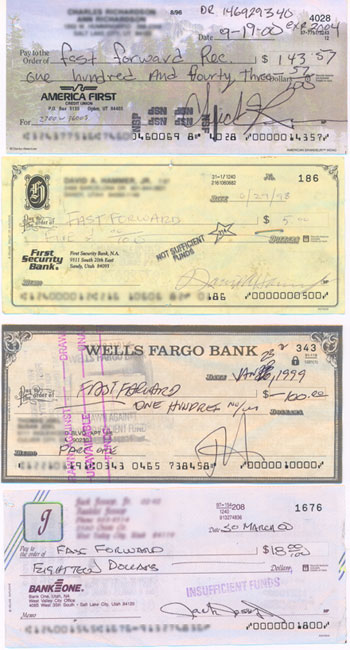I’ve had this one client for years. He is very cool. He wants SO bad to be a rock star. He hires great musicians for his albums and the tunes are pretty good. There’s only one problem. He has no ear for pitch and he can’t sing.
It is a nightmare trying to get a take out of this guy. For years it has been like throwing darts in the dark and hoping you hit something. We’d try lines over and over again, hundreds of times until we found ONE good one to keep. Then move on to the next line.
Thanks to today’s technology we have a new way for this guy to write and perform his vocal tracks in the studio. Most everyone knows about “Auto-Tune” hardware/software. I prefer to call them pitch correctors. You basically punch in the key of the song and it automatically makes every note the person sings fit a note in the key, even if they are way off. The most famous misuse of this is in Cher’s “Do You Believe In Love” where her voice starts to sound like a robot. That is what the pitch corrector sounds like when it is set too high.
Anyway, enough background. So the new way we have to get vocal parts written and recorded for this guy is just plain sick (in a good and bad way). I’ll basically run the track and he’ll just sing the words as best he can (which isn’t very good). He’ll just freaking butcher the vocal parts but he’ll get through the tune. Then we’ll put the auto-tuner on his voice and set it to the “Cher setting.” That thing takes all of his bad notes and puts them in tune.
Then he goes through over and over again, singing to his new found notes and melody. Then he lays down the track, as close to the pitch corrected version as he can. After that track is down, we take out the old one, and auto-tune the new one. Voila! New vocal part!
To me pitch correctors should be used only sparingly, to tweak great vocal parts that just need a little help. But in this case, the auto-tuner just plain helps me get the job done.
 The vast amount of knowledge I have in analog recording technology is immeasurable. I’ve decided to open up my brain vault of information and techniques just this once to show you some of the amazing skills and knowledge I have in the analog world.
The vast amount of knowledge I have in analog recording technology is immeasurable. I’ve decided to open up my brain vault of information and techniques just this once to show you some of the amazing skills and knowledge I have in the analog world.
